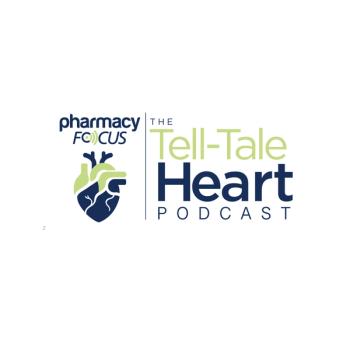
FDA Final Rule Seeks to Quicken Generic Drug Approvals
Guidelines revise the FDA regulations governing 505(b)(2) applications and abbreviated new drug applications.
The FDA is issuing a final rule on generic drug applications, hoping to quicken the generic approvals process. On October 6, 2016, the FDA published the rule in the Federal Register as a finalization to the proposed rule issued on February 6, 2015.
The rule, designed to implement Title XI of the Medicare Prescription Drug, Improvement, and Modernization Act of 2003 (MMA), aims to revise the FDA regulations governing 505(b)(2) applications and abbreviated new drug applications (ANDAs). Under the rule, the requirements regarding the submission and approval of ANDAs submitted under 505(b)(2) have been revamped to provide “business certainty” to both brand name and generic drug manufacturers, according to the FDA.
Title XI of the MMA amended concerns identified in a Federal Trade Commission report on anticompetitive strategies that caused generic drug approval delays, according to the FDA. Since its conception, the MMA has been followed according to the statute. The FDA’s amendments include implementing portions of the MMA and providing revisions and clarifications to its regulations so as to eliminate ambiguity and enable a more efficient approval process.
A recent report released by the US Government Accountability Office determined that at least 315 generic drugs have doubled in cost since 2010. Most of these drugs are not facing competition in the drug market, which has sparked criticisms about the FDA’s drug review and approval efficiency. Lagging approval rates are thought to be contributing to steep generic drug prices, as well.
The new rule intends to accelerate generic approvals by diminishing unnecessary litigation that delays the approval and marketing of generic drugs under 505(b)(2) applications and ANDAs. In doing this, the FDA hopes to “facilitate better compliance with, and enforcement of, the Federal Food, Drug, and Cosmetic Act (FD&C).” The FD&C serves as the overarching legislation that gives the FDA authority to regulate and oversee food, drugs, and cosmetics.
Some of the major provisions of the final rule include revisions and clarifications of the submission and timing of patent information and correction or change of patent information. The FDA’s current regulations require new drug application (NDA) holders to submit information to claim each FDA-approved method-of-use patent, also known as the “use code,” to be published in the Orange Book.
In order to reduce the amount of broad or ambiguous use codes that may delay the generic drug approval process, the final rule clarifies regulations regarding more claim-specific submissions for pharmaceutical patents. Under the final rule, NDA holders are given a 30-day timeframe to submit a change to the use code. Any amendment to the description of the approved use code that is not submitted within the timeframe will be considered invalid.
The FDA has also provided 2 limitations regarding the timing of Paragraph IV certifications, requiring an ANDA applicant to send a notice of a Paragraph IV certification on or after the date on which it receives an acknowledgement letter from the FDA that the application is complete, but no later than 20 days after. An ANDA applicant cannot send a valid notice of a Paragraph IV certification to a newly listed patent before the first working day following when the patent is published in the FDA’s Orange Book.
Additionally, the final rule implements the MMA’s limitation on multiple 30-month stays for ANDAs and 505(b)(2) applications, clarifying that the 30-month stay must begin on the later date of receipt of notice of Paragraph IV certification. Written consent of an ANDA or 505(b)(2) application approval by the patent owner or exclusive licensee will enable the 30-month stay to be terminated and allow for the application to be approved on or after the day of consent. Applicants must also notify the FDA within 30 days of the first commercial marketing of the product; otherwise, the date of the drug’s approval will be the date of first commercial marketing.
Kurt Karst, a director and counsel at Hyman, Phelps & McNamara, told Regulatory Focus, “FDA has described it as clarifications, which is true to some extent. It clarifies policies that have been in effect and actually writes them down. That being said, this is a pretty significant re-write of regulations. It’s a lot of small clarifications adding up to a lot.”
Final rule amendments will take effect on December 5, 2016.
Newsletter
Stay informed on drug updates, treatment guidelines, and pharmacy practice trends—subscribe to Pharmacy Times for weekly clinical insights.


















































































































































































































